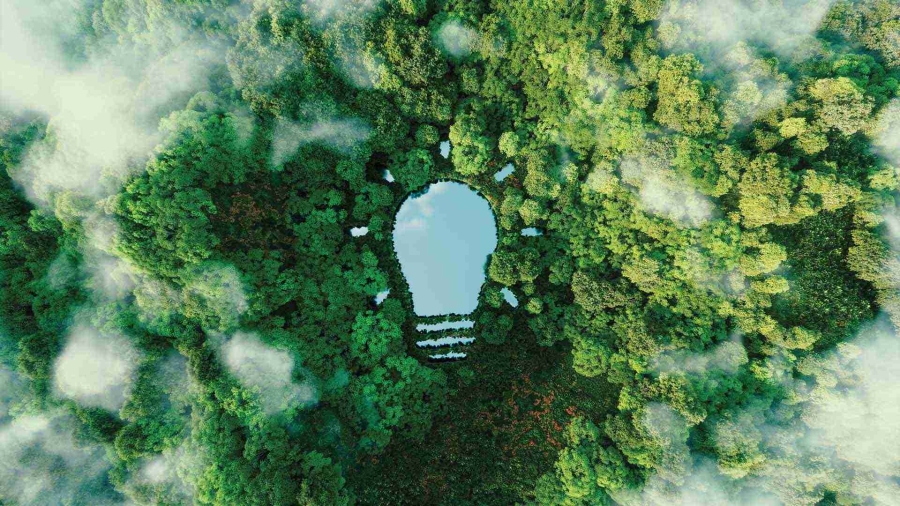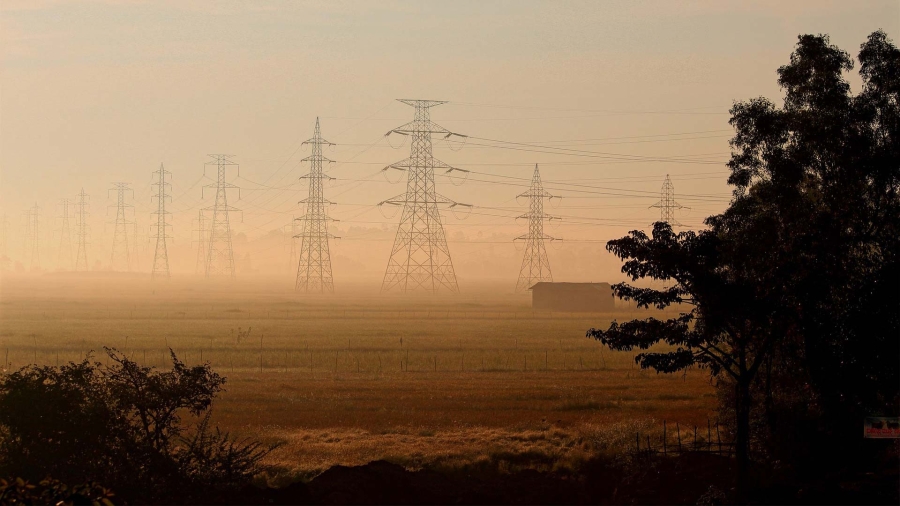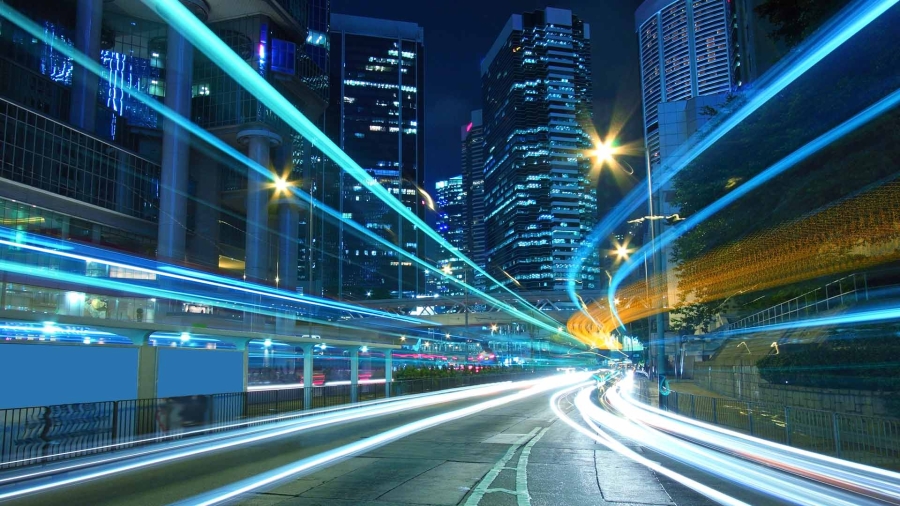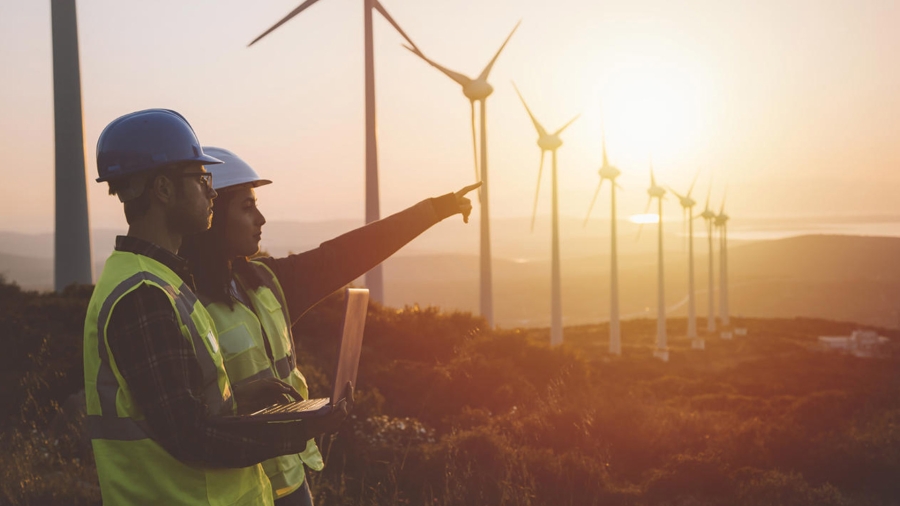Climate change and the energy crisis are reaching critical levels. It is crucial to consider both the energy supply and demand to accelerate the journey to net zero. This requires a complete overhaul of the entire energy system. The historical record shows that energy transitions are driven by how energy is utilized and consumed. Meaning that the only viable method for achieving such a significant transformation of the energy system is to devise a logical transition for consumers that stimulates rapid adoption, rather than resistance.
The moment is now
Today’s energy crisis is already bringing higher costs and supply uncertainty. Now is the time for governments and companies to re-think who they are and what they do to ensure future resilience. Efficiency and sustainability represent their passport to operating, thriving, and making an impact. Today and tomorrow.
As a key step forward, the International Energy Agency’s 8th Annual Global Conference on Energy Efficiency brought together over 30 ministers, more than 50 CEOs, and hundreds of senior leaders to have in-depth discussions and exchanges on the practical solutions needed to address these challenges. The conference took place outside of Paris from 7 to 8 June 2023 and was hosted by French Minister of Energy Transition, Agnès Pannier-Runacher, and IEA Executive Director, Dr. Fatih Birol, in partnership with Schneider Electric.
During the event, a series of public-private roundtables took place to define concrete strategies to generate greater energy efficiency, culminating in the Versailles 10X10 Actions. The discussions reaffirmed the critical roles that energy efficiency and digitalization play in tackling the ongoing global energy crisis. Over 50 thought leaders collaborated to discuss energy efficiency issues in the areas of industry and infrastructure, buildings and homes, and solutions and commitments – addressing key elements such as financing, technology, workforces, and consumer motivations.
Here are the Versailles 10x10 Actions:
- Measure and diagnose: Digitize consumption, connect, and report in-app for outcome-based performance
- Awareness and knowledge: Share practical applications, one-stop-shop advisories, and lighthouse examples
- Skills: Upskill, reskill and increase resources to enable the transition, support Energy Service Company creation
- Design and decide on total cost of ownership: Total cost of ownership (TCO) for designers/architects and decision-making on projects
- Financing gap: Bridge the gap between green capital expenditures (CAPEX) to save brown operating expenditures (OPEX)
- Government as a role model: Many government buildings and infrastructure lead by example
- Regulation: Privilege incentive to stick, outcome-based incentives and, if leveraging coercive technique, then allow a predictable and long enough horizon
- Reinforce the grid: Need transmission lines faster to access renewables, especially in industrial application
- Big stake items with existing tech: Start with the biggest stake items, deploying what we have and starting with the cheapest solutions
- Build the new net zero: Leverage existing, available technology for net-zero new builds
More details about the event and its agenda can be found on the International Energy Agency’s event page.
If you want to explore other insights and recommendations around electrification, digitization, and energy efficiency, check out the latest finding from our Sustainability Research Institute, below.









